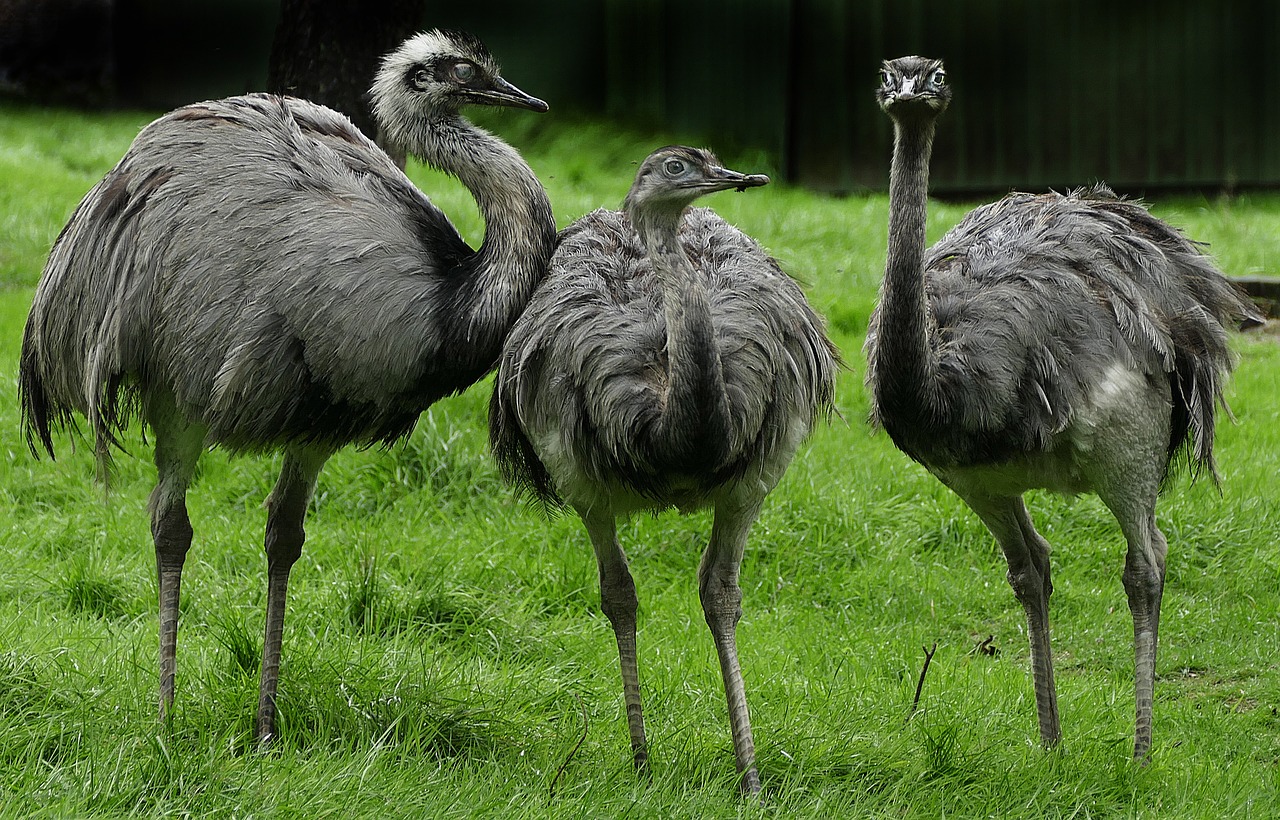Rhea, known as Rheia in Greek mythology, holds a pivotal role as the goddess of motherhood, female fertility, and generation, embodying the essence of flow and ease. She was the Titaness and mother of the gods, often depicted as the ever-maternal figure. As the spouse of Kronos (Cronus, representing Time), Rhea symbolized the continuous passage of time and the process of generation—her divine attributes intertwining with themes of life and birth.
The Mythical Narrative of Rhea
Rhea became infamous in myth for her encounter with Kronos. Following a prophecy that foretold that one of his offspring would usurp him, Kronos resorted to swallowing each of their children shortly after their birth. Rhea, undeterred, concealed the birth of her youngest child, Zeus, in a secluded cave on the island of Crete. To deceive her husband, she wrapped a stone in swaddling clothes and presented it to Kronos, who unsuspectingly swallowed it, thinking it was his newborn son.
Throughout history, Rhea’s persona merged with that of the Anatolian mother goddess, Kybele (Cybele). Iconographically, both were often represented as nurturing figures crowned with turreted crowns and surrounded by lions, reinforcing their roles as formidable yet comforting maternal deities.
Rhea’s Lineage and Offspring
Rhea is described in various ancient texts as the daughter of Ouranos (Uranus) and Gaia (Gaea) and a sister to several other Titans, including Oceanus and Hyperion. With Kronos, she bore several major Olympian gods: Hestia, Demeter, Hera, Hades, Poseidon, and Zeus. While some traditions suggest that Rhea and Kronos were preceded in governance by Ophion and Eurynome, it was Rhea who ultimately ensured the survival of Zeus, significantly altering the trajectory of divine authority in the mythical cosmos.
The Cultural Realms of Rhea
The worship of Rhea predominantly emerged from Crete, where she is believed to have given birth to Zeus. Monuments and sacred sites across Greece reflect her deep-rooted veneration, as local traditions frequently claimed various locations for her childbirth, including the mountains of Crete and even places in Arcadia. The omnipresence of her worship also extended to regions such as Phrygia, where she was intimately linked to Cybele and held significant influence over rites and sacred traditions.
Rhea’s religious significance proliferated across the Eastern Mediterranean, acknowledged under various names such as Cybele, Agdistis, and others. Her role often intersected with those of other goddesses, particularly in rituals that involved themes of fertility and maternal care.
Artistic Interpretations of Rhea
Artistic representations of Rhea in ancient Greek and Roman art emphasize her maternal qualities and her bond with nature. She is generally depicted seated on a throne, crowned and flanked by lions, or in dynamic scenes involving the nurturing of Zeus amidst the protective sounds of the Kouretes, whose rhythmic noises concealed the baby’s cries from Kronos.
The duality of Rhea as both the nurturing mother and a figure of great power is further illustrated in classical literature, with myths showcasing her protective attempts for her children against the malevolence of Kronos. Many hymns revered her as the ‘Mother of Gods’, underlining her esteemed status within the pantheon.
In summary, Rhea embodies the essential qualities of motherhood and divine protection, interwoven with themes of life, time, and the struggles inherent in nurturing. Her legacy as a Titaness profoundly influenced the subsequent mythology surrounding the Olympians and continues to echo through literature, art, and cultural practices to this day.



